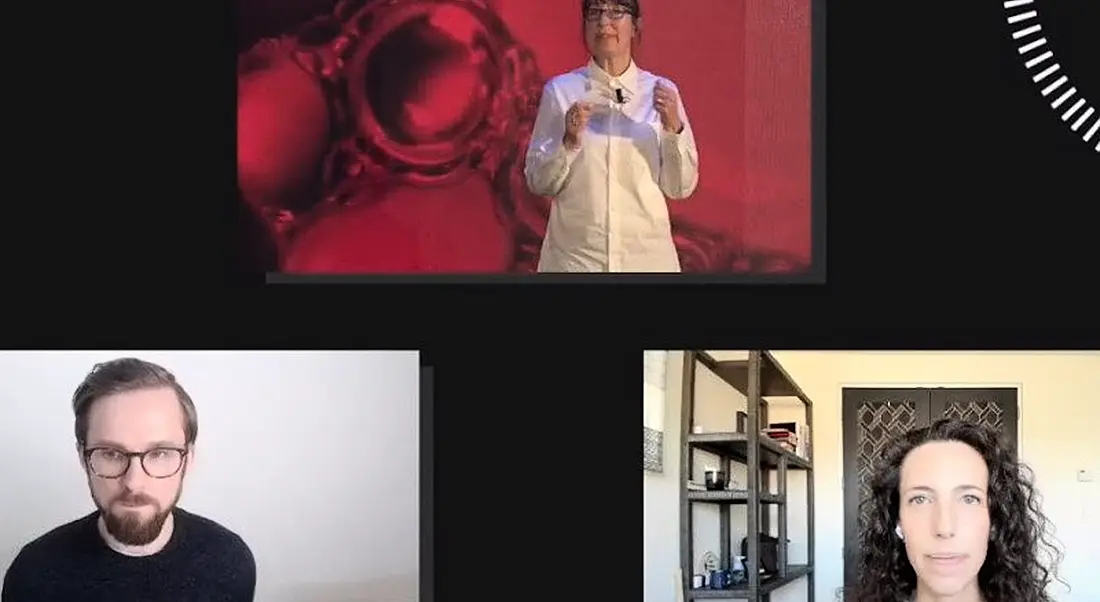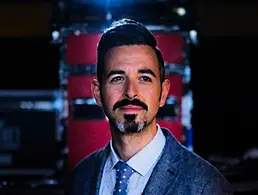As people around the world settle into a remote working life, a future of work panel at Future Human explored the positives and the challenges.
A major side-effect of the ongoing pandemic was the restrictions that were put in place to curb the spread of the virus, including sending the vast majority of the global workforce home indefinitely.
The rise of the remote workforce has been a long-expected trend coming down the line, but Covid-19 has sped up the process and now many leaders and employees alike are faced with challenges they may not have had a chance to consider before.
However, at the inaugural Future Human event, which took place virtually at the end of October 2020, HubSpot’s VP of marketing, Kieran Flanagan, and Slack’s VP of customer experience, Ali Rayl, spoke to Ann O’Dea about their own experiences of remote working and how to overcome challenges such as leading a dispersed team and onboarding remotely.
Flanagan noted that one of the major benefits of remote working on a broad level is that it allows money to spread and flow through regions that don’t have giant work hubs.
“People who work in these jobs can go and live in these towns and live in these cities and earn this money and spend it through those local economies. I just think that is the better thing for the world,” he said. “I think it’s incredible to live in a time where your career isn’t defined by your zip code.”
‘We need to switch to a method of managing by work output rather than supervision’
– ALI RAYL
While some staff may find the change challenging, Rayl pointed out that the remote working revolution means those who didn’t do their best work in an office environment are now in a better position to thrive.
“We have folks who do a lot of heads-down, deep-focused work, those are the ones who have been complaining about the open-office plan for years and years and years … not everybody works well or does their best work in an office.”
She also added to Flanagan’s geographical point, saying that those who live on the fringes of expensive cities often live there due the cost of living and, while it’s more cost effective to live further out, the commute to an office means those employees are “double-punished for making less money”.
“The fact that they don’t have to commute actually gives them a lot more opportunity so I think that there’s a ton for us to lean into here,” she said.
Flanagan added: “I think your career shouldn’t be defined by your geography. It also shouldn’t be defined by the work environment that you have to adhere to, that everyone has to work within the same way.”
What leaders need to think about
While the benefits of remote working for employees may be clear, that doesn’t mean the new normal is without challenges, particularly when it comes to leaders.
For starters, anyone looking to hire new employees now needs to think of new ways to onboard their recruits virtually. This was a challenge for Slack, which normally flies out new joiners to the company’s base in San Francisco. But according to Rayl, their onboarding surveys show that the adapted virtual experience has been positive for staff.
However, she also noted that one of the biggest challenges comes in at middle-management level, due to a loss of control downwards that has always been present.
“[Managers] are executing a strategy that’s put forth for [them], but now they also are being squeezed against the loss of control upwards because their teams are working very differently,” she said. “And when you think about those dynamics and you think about who in your company is actually having the hardest time leading remotely, that’s where I really want to focus my time, supporting those managers because they’re the ones talking to the vast majority of my department.
“We need them to switch to a method of managing by work output rather than supervision and these are things that people can massage.”
Flanagan, who has been leading teams remotely since 2016, said there have been a couple of eye-opening things he has learned, one of which is that companies can often fall into the trap of micromanaging in the early stages of working remotely.
“It’s inherently built into us that we think about work being done, and part of us knowing it’s being done is being able to see the people who are doing it and that is a hard thing for people to make that mental shift,” he said.
“The other thing I really think that you need to think through is how do people do their best work. And, again, that is applicable to remote because a lot of what we’ve been taught is to have these meetings and then to ask people questions on the spot within those meetings and try to come up with solutions there and then, and there are really great people who do not work that way.
“I think one of the things remote helps you to do is have better business processes and communication operating models to facilitate all of the different people who work for your company.”




